
COP14: shooting across borders
Migratory species, by definition, cross international borders, presenting challenges to policy makers and conservation groups, says BASC’s Dr Alex Murray.
Get information on the legal shooting season for mammals and birds in the UK.
Apply for funding for your project or make a donation today
Comprehensive information and advice from our specialist firearms team.
Everything you need to know about shotgun, rifle and airgun ammunition.
Find our up-to-date information, advice and links to government resources.
Everything you need to know on firearms law and licensing.
All the latest news and advice on general licences and how they affect you.
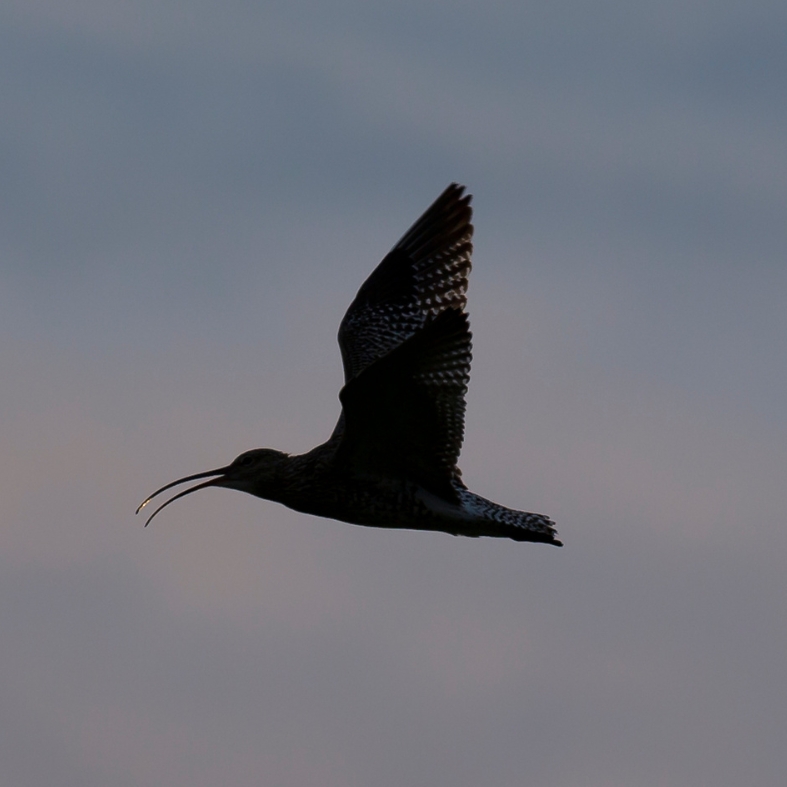

As the UK faces a biodiversity crisis, the role of predator control in nature recovery has never been more relevant or debated, says BASC’s Sophie Stafford.
With legally binding targets under the Environment Act 2021 to halt species decline and improve biodiversity, land managers, conservationists and policymakers are looking for effective strategies to support their work.
Our recent Quick Scoping Review (QSR) offers a clear snapshot of the available research and shows how lethal and non-lethal predator control can contribute to these goals.
The QSR examined 358 studies from across the UK, Ireland and the wider British Isles. These studies covered a broad range of habitats, from uplands to coastal margins. Researchers looked at how controlling predatory species affects prey species and wider ecological processes.
The predators most commonly studied included foxes, corvids, mustelids, raptors and invasive species such as American mink. Prey species ranged from waders and small mammals to gamebirds and farmland birds, many of which are already declining nationally.
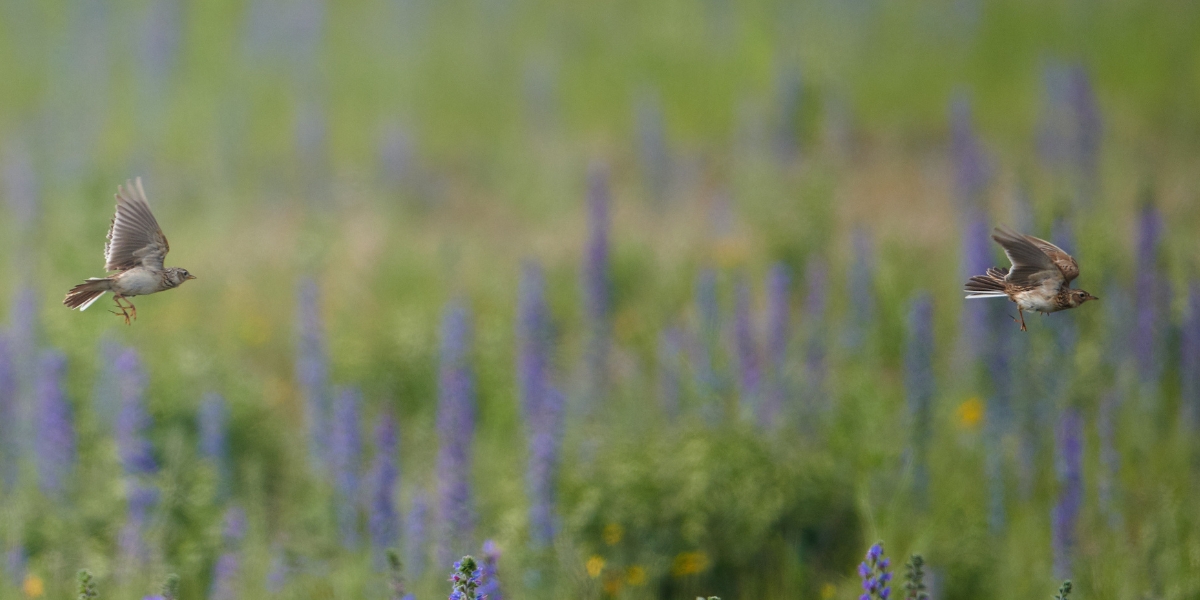
The evidence shows that predator control, carried out lawfully and ethically, can support vulnerable species. Lethal methods, mainly shooting and trapping, were the most frequently studied. These were generally effective at reducing predator pressure and improving breeding success. Fewer than five per cent of studies reported negative outcomes for prey.
Non-lethal approaches, including exclusion fencing and diversionary feeding, also showed positive results when used in suitable settings. These methods are particularly helpful where lethal control is restricted and can support a wider understanding of predator management.
One of the most striking findings came from studies comparing predator control with no-control scenarios. In many landscapes dominated by generalist predators such as foxes and corvids, doing nothing often led to higher predation and lower juvenile survival. Inaction can significantly limit population recovery for species already under pressure.
The review highlights the important contribution made by individuals within the shooting sector. Practical skills such as safe firearm use, effective trap placement and local knowledge are vital to many conservation projects. These capabilities are especially valuable in rural and privately managed areas where targeted predator control is needed.
Predator control is not a one-size-fits-all solution, though. Effective management depends on species, habitat, recolonisation rates and long-term ecological needs. With access to research and support, the shooting community is well placed to help deliver meaningful progress for biodiversity.
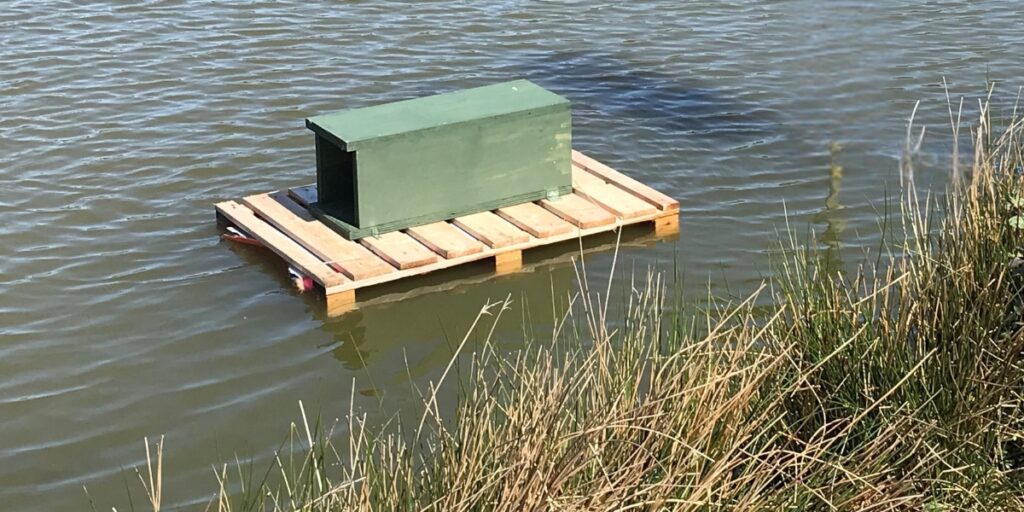
Interest in new technologies and non-lethal approaches continues to grow. Improved monitoring tools, deterrents and adaptive management techniques offer opportunities for wider stakeholder involvement and may help strengthen public confidence in predator management.
The review also identified gaps in the evidence base. Long-term studies remain limited, yet they are essential for understanding how ecosystems respond over time. More research is needed on species-specific responses, cumulative effects and the social dimensions of predator control.
Predator control, whether lethal or non-lethal, is a legitimate and necessary tool in the conservation toolbox. When used responsibly and in line with best practice, it can help vulnerable species recover and support healthier, more resilient ecosystems, particularly in landscapes where apex predators are absent.
As the UK works towards ambitious nature recovery targets, it is crucial that decisions are guided by evidence rather than ideology. The shooting community has a valuable part to play. With continued collaboration, innovation and research, predator control can remain central to our conservation efforts.
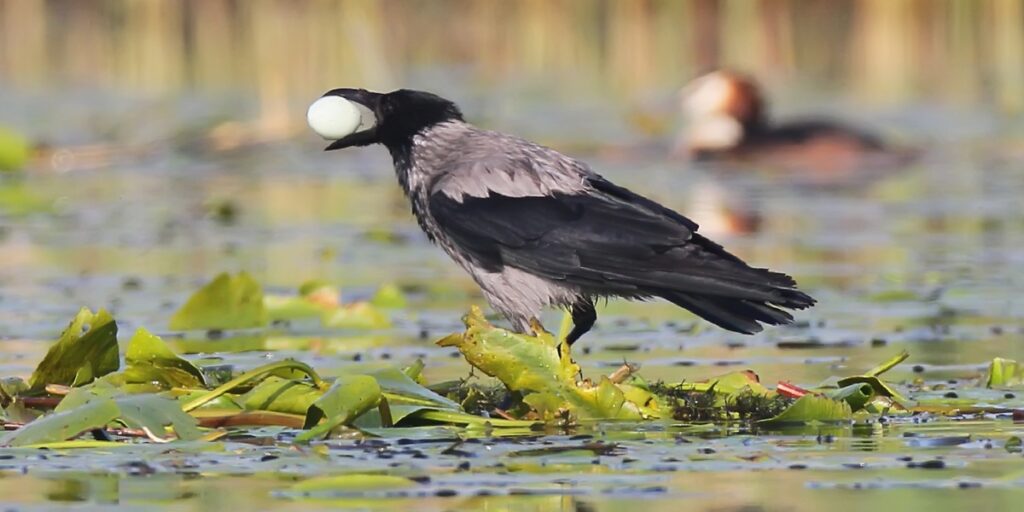
For those looking for practical advice, Working for Waders has produced guidance resources funded by the BASC Wildlife Fund. The toolkit supports land managers and conservation practitioners in delivering effective predator control on the ground.
The BASC Wildlife Fund is also supporting a new GWCT project exploring diversionary feeding as a way to reduce badger predation on ground-nesting species.


Migratory species, by definition, cross international borders, presenting challenges to policy makers and conservation groups, says BASC’s Dr Alex Murray.

The Great Fulford Estate in Devon provided a stunning backdrop for the first BASC gamekeeping conference held in the south west of England.
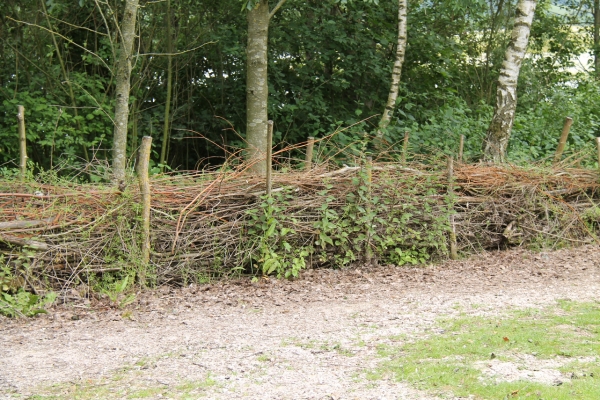
New research commissioned by BASC shows shooting has substantial benefits for our landscapes at the national scale.